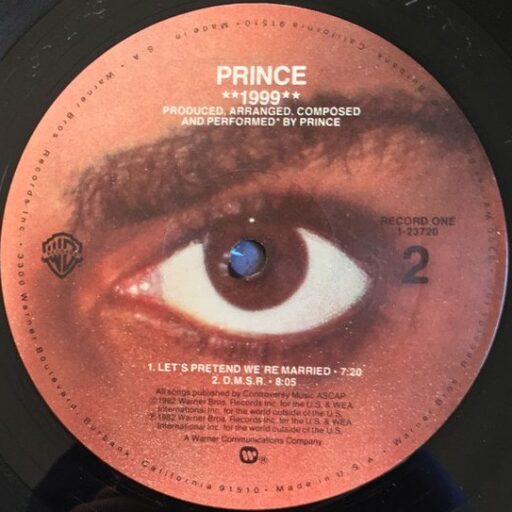Tag: gary numan
-
Something in the Water (Does Not Compute)
If “Something in the Water”’s music wasn’t so beautiful, the self-pity and solipsism of its lyrics would begin to feel ugly: an adolescent projection of self-loathing into a spitefully generic female tormenter.
-
Hard to Get
Prince’s most conventional rocker this side of “Bambi,” with a swaggering rhythm guitar riff, honky tonk piano, and either Dez or Prince playing with a slide (!).
